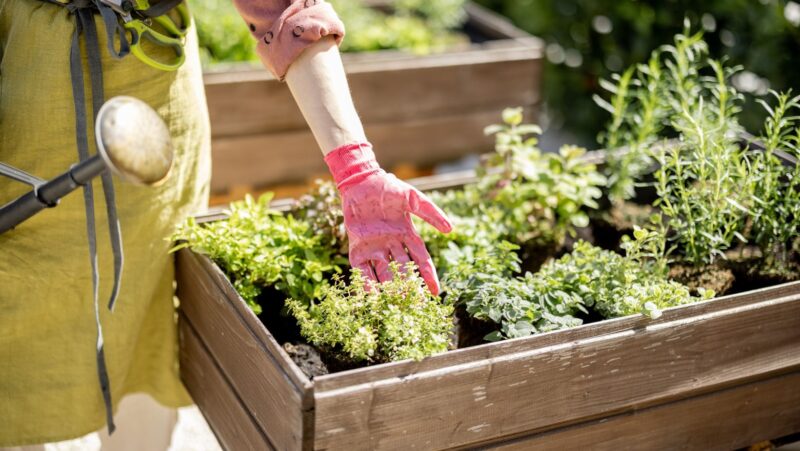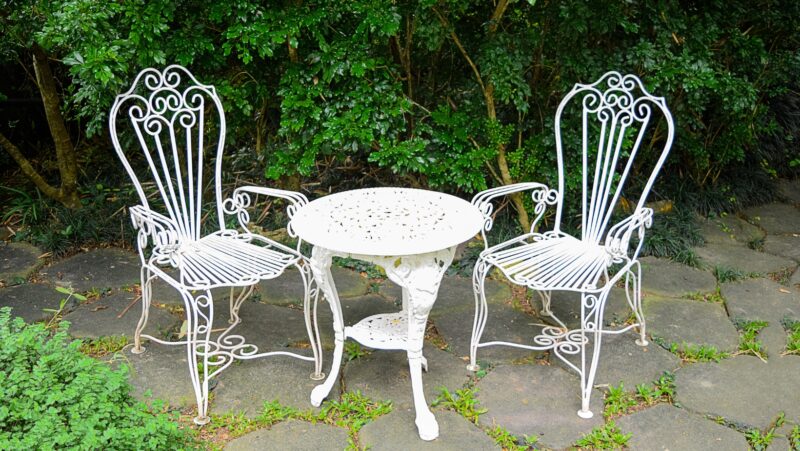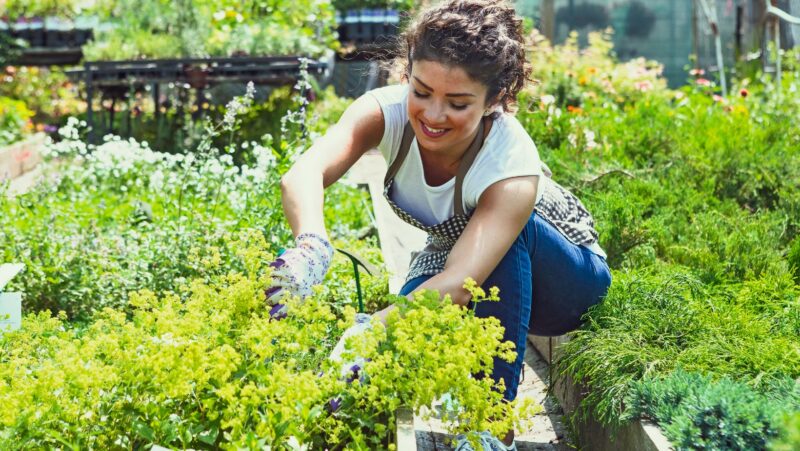
Rubber tree propagation is the process of growing new rubber trees from seeds or saplings. This can be done either by planting cuttings from existing trees, or through asexual reproduction techniques such as grafting and tissue culture. Rubber trees are an important source of natural rubber, an essential component in many industries including automotive, construction, and manufacturing.
There are two main species of rubber tree that are used for commercial production, Hevea brasiliensis and Hevea guianensis. H. brasiliensis is the most widely planted, accounting for about 95% of global production. It is native to Brazil, where it was first discovered and cultivated by the indigenous people of the Amazon rainforest.
how to propagate rubber tree?
To propagate a rubber tree, first fill a pot with well-draining soil. Next, take a cutting that is at least 6 inches long from the tips of a branch on the rubber tree. Remove the bottom leaves from the cutting, and dip the cut end into rooting hormone. Finally, plant the cutting in the pot of soil, and water it well. Keep the soil moist, but not soggy, and in a few weeks, the cutting should take root.
Take care of your rubber tree propagations
Once your rubber tree cutting has taken root, it will need to be transplanted into a larger pot or into the ground. Be sure to choose a location that gets plenty of sunlight, and water the tree regularly. Fertilize monthly with a balanced fertilizer, and prune regularly to encourage new growth. With proper care, your rubber trees can thrive and produce high-quality rubber for many years to come.
When to expect new rubber trees to emerge from the propagations
It takes a few weeks for the cutting to take root. Once it takes root, the rubber tree can be transplanted into a larger pot or into the ground. It will take a few years for the rubber tree to mature and produce high-quality rubber. However, with proper care, your rubber trees can thrive and produce latex for many years to come.
If you are interested in growing your own rubber trees for commercial production, or if you are a farmer looking for an alternative crop, rubber tree propagation is a great option. With proper care and attention, these valuable trees can yield high-quality latex for many years to come.
Benefits of rubber tree propagation
There are many benefits to rubber tree propagation. For one, it is an effective and efficient way to grow new trees for commercial production of natural rubber. Rubber trees can also be propagated through asexual reproduction techniques such as grafting and tissue culture, which makes them more disease-resistant and helps ensure high yields of high-quality latex. Furthermore, rubber trees are relatively easy to care for, requiring only a moderate amount of sunlight and regular watering. With proper care and attention, rubber trees can thrive for many years to come. So if you are interested in growing your own rubber trees or replacing aging plantations with new saplings, consider the benefits of rubber tree propagation.
Pros and Cons of rubber tree propagation
There are several pros and cons to rubber tree propagation.
Pros:
- Efficient and effective way to grow new trees for commercial production of natural rubber
- Can be propagated through asexual reproduction techniques such as grafting and tissue culture, which makes them more disease-resistant and helps ensure high yields of latex
- Relatively easy to care for, requiring only a moderate amount of sunlight and regular watering
Cons:
- Trees can take several years to mature and produce latex
- High initial investment in terms of time and money












